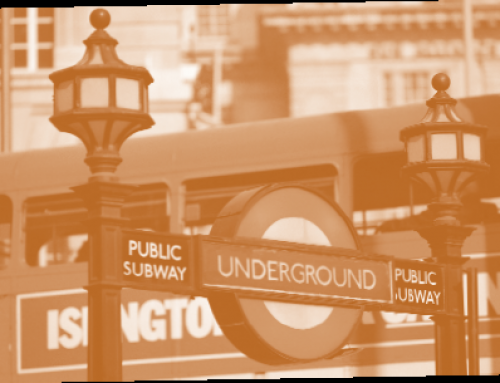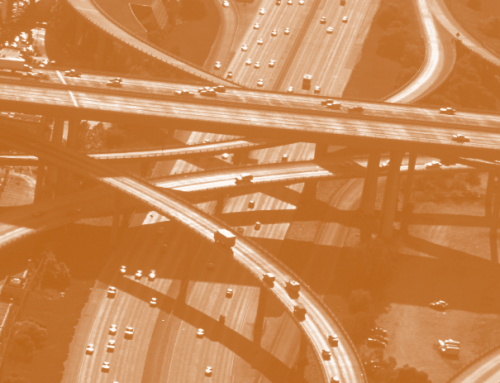For eighteen years, the University of California Transportation Center, with help from USDOT and Caltrans, has conducted and shared research on compelling transportation issues. During those years, the issues have grown in complexity right along with growth in population and sizes of cities.
The basic problem of how to get where we need to go is ultimately solved on an ad-hoc, individual basis every day: millions of people all over the world drive in cars or crowd into buses or hop on mopeds or bicycles or walk. Each individual makes daily transportation choices based on all kinds of personal and not-so- personal circumstances—from social status to trip length to availability and price of car or rail transit or bus to local population density to time of day—often without being aware of the factors shaping the choice. And most of us remain only dimly aware of the larger ramifications of our personal choices, confronted only on an individual level by the specific consequences of a traffic jam, or the dearth of parking places, or the scramble for cash at the fare box. Smog and even heavy traffic are so common that we rarely recognize our individual contribution to them.
Each individual makes daily transportation choices based on all kinds of personal and not-so- personal circumstances—from social status to trip length to availability and price of car or rail transit or bus to local population density to time of day—often without being aware of the factors shaping the choice.
Daniel Sperling tells us in this issue of ACCESS why it’s urgent for this to change. The accumulation of choices made by millions of personal transportation planners results in a large proportion of the emissions contributing to global warming. Sperling’s report on last year’s Conference on Transportation and Energy Policy at the Asilomar Conference Center spells out the work transportation specialists must undertake to mitigate one of the most pressing issues of our time. The first step, the conferees declared, is to accept the facts that global warming is real, that transportation is a major contributor, and that we can do something about it. They called for “a portfolio of solutions” that can both reduce the causes of global warming and contribute to an efficient and effective transportation system.
As we begin to understand the global conse- quences of pollution, it’s important to understand local effects as well. Douglas Houston and his co-authors at UCLA take a close-up look at some of the ways trans- portation corridors affect surrounding areas. Those who live close to heavily traveled freeways—many of whom are low-income people—pay a higher health cost than many of the people traveling on those roads. Some people have very limited transportation choices. Not everyone has access to a private vehicle, and some have but little access to the usual alterna- tives such as transit. In these pages you’ll find Annie Decker’s consideration of what happens when low- income disabled and elderly people can’t get where they’d like to or need to go.
This issue of ACCESS also contains a report from John Landis on his recent sojourn in London, offering observations on current transportation innovations there. Congestion pricing, always controversial and increasingly sought as a solution to traffic manage- ment, has had some success in London’s central city, and Landis discusses some of the ways it has worked and some of the reasons for its success. He also gives us a quick review of the changes being wrought in Britain by low-cost airlines, and other matters. In the next issue of ACCESS, in the spring of 2007, we’ll find out what he has to say about traffic flow on the other side of the globe—in Sydney, Australia.
—Melanie Curry
Managing Editor




